Hold onto your helmets, space enthusiasts! Get ready for an exciting journey as NASA unveils its groundbreaking plan, to establish the Moon's first-ever railway system.
Yes, you read that right—a train on the moon!
With nations racing towards lunar exploration with ambitious missions and fully functional outposts in mind, a lunar train is no longer a wild idea.
What was once a sci-fi dream is now edging closer to reality, thanks to additional funding and time allocated by NASA.
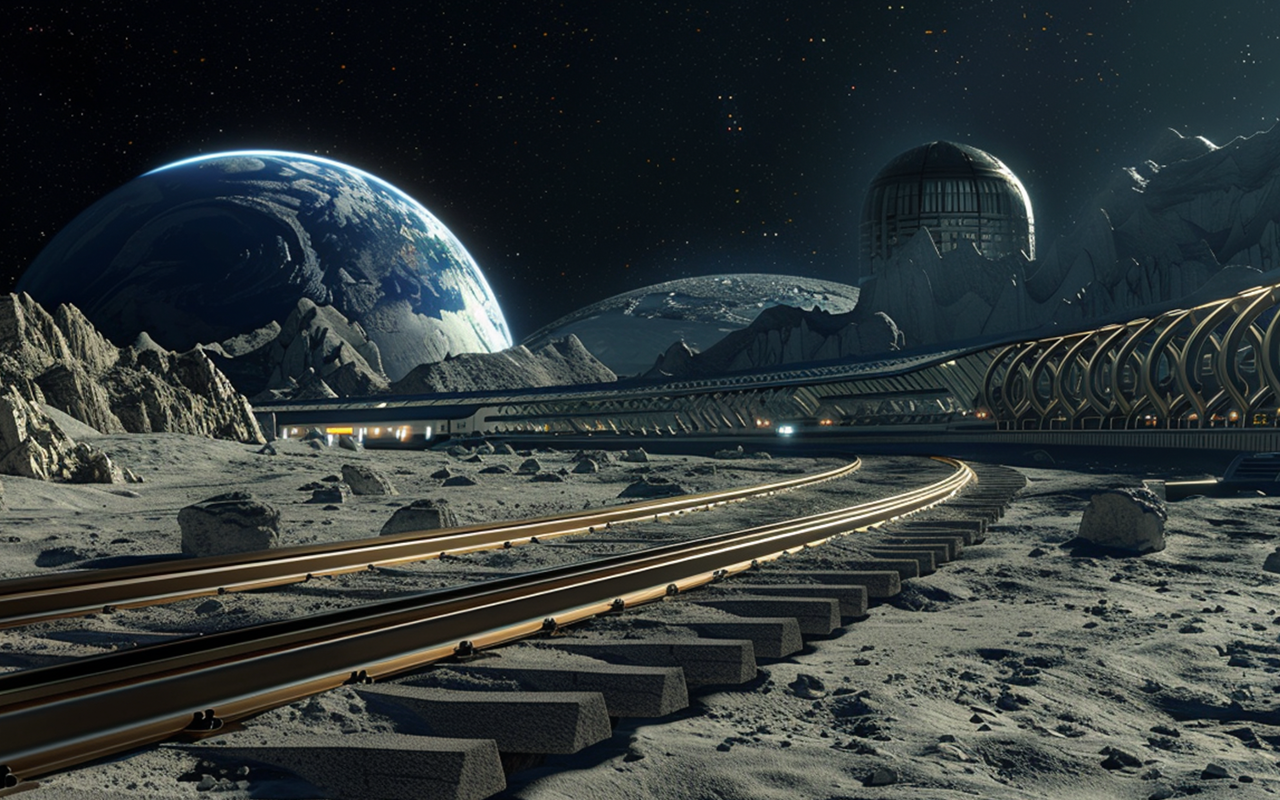
NASA Dreams Up Moon Trains
In a move straight out of a sci-fi novel, NASA's "Innovative Advanced Concepts" program is pushing boundaries with its latest proposal: Moon trains. NASA's ambitious vision includes creating a fully functional railway station on the Moon, providing reliable, autonomous, and efficient transportation for payloads across its rugged terrain. This visionary project aims to revolutionize lunar transportation, facilitating the movement of cargo and resources across the Moon's surface, ultimately laying the groundwork for a sustainable human presence on our celestial neighbor.
Forget steel wheels and tracks—NASA's FLOAT system is in a league of its own. Instead of conventional methods, it employs magnetic robots that levitate above a specially designed, three-layered track. The bottom layer provides stability, while the middle layer, made of graphite, interacts with the robots' magnetic fields, enabling seamless gliding. Topping it off is a protective layer to shield against the abrasive lunar environment.
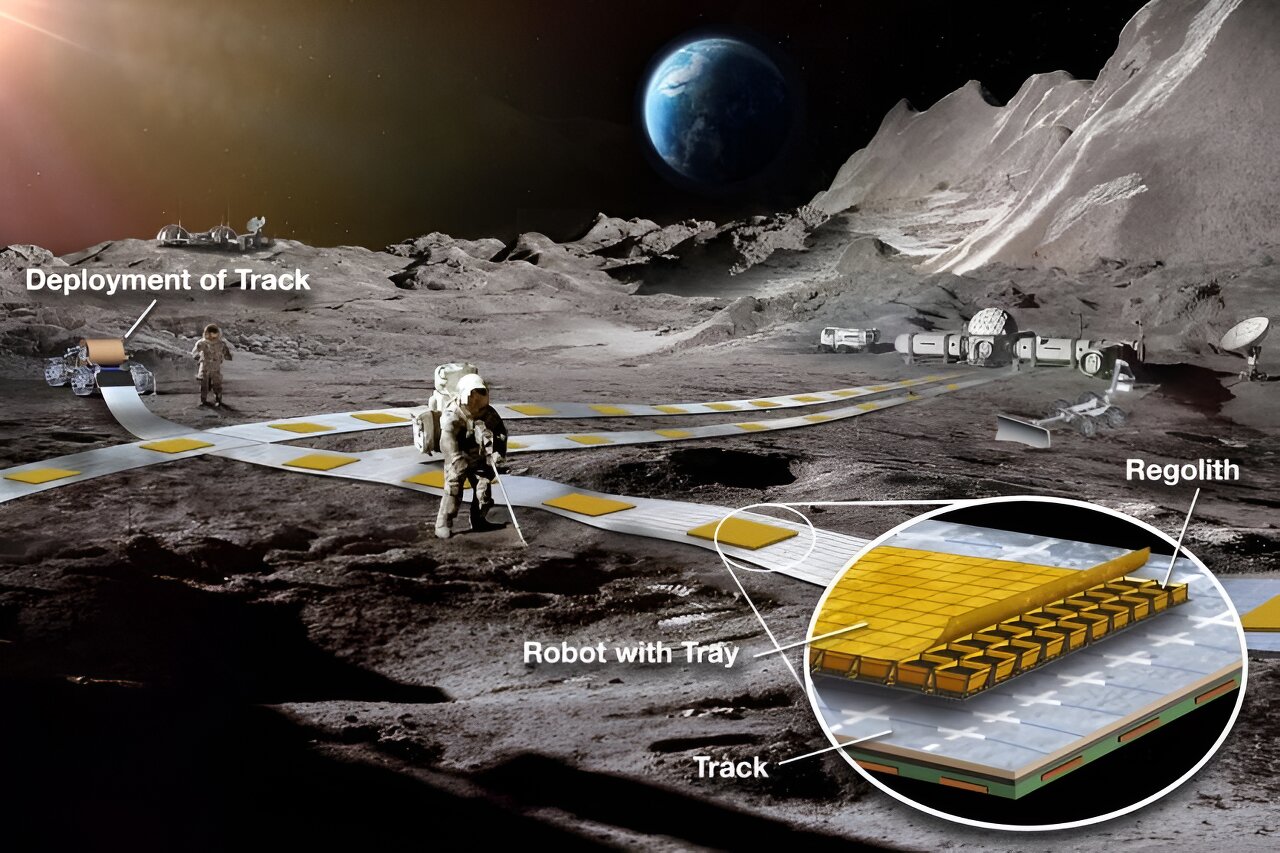
These magnetic marvels, part of the Flexible Levitation on a Track (FLOAT) project, promise to revolutionize lunar logistics. Each robot can transport up to 30kg of cargo along the railway tracks, which effortlessly roll out onto the Moon's surface, leaving no trace of disruption.
While still in its infancy, the project holds immense promise. Initial tests will be conducted on Earth with prototype robots, paving the way for potential integration into NASA's ambitious Moon to Mars program. This initiative seeks to establish a sustainable lunar base, serving as a launchpad for future missions to Mars and beyond.
FLOAT is just one of several groundbreaking projects funded by NASA's Innovative Advanced Concepts program, signaling a bold new era of space exploration. From space observatories to more efficient power sources, these initiatives promise to reshape our understanding of the cosmos.
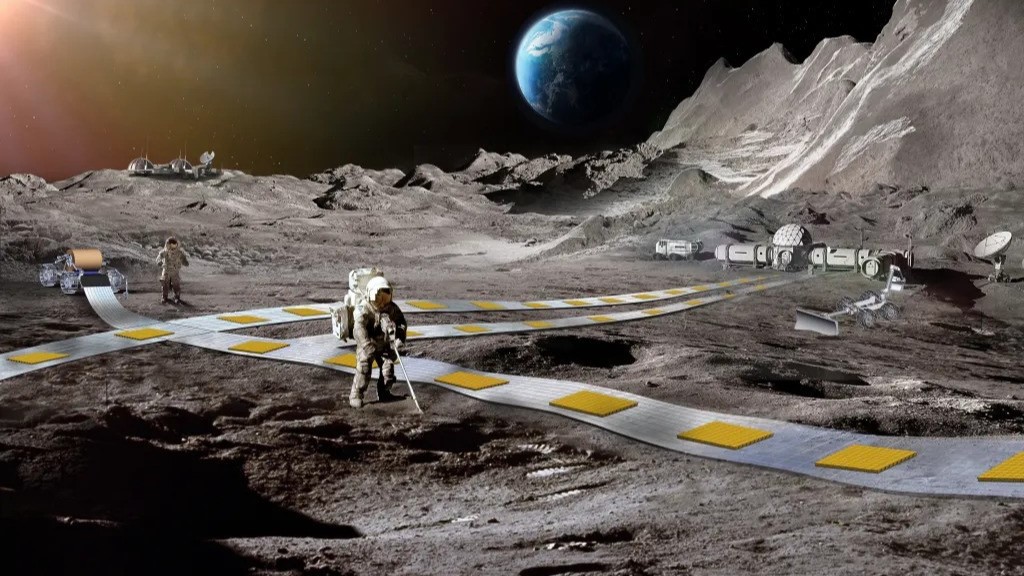
Advancing Lunar Transportation
This innovative concept boasts multiple advantages.
Firstly, it eliminates the need for intricate construction projects typically associated with traditional train lines. The lightweight, flexible tracks can be easily deployed, making them well-suited for the lunar terrain.
Secondly, employing magnetic levitation technology minimizes friction, enabling robots to operate with minimal energy consumption—a crucial factor given the Moon's power generation challenges.
While the initial speed target is modest at roughly 1mph (1.6 km/h), the ultimate aim is to establish an efficient network for transporting payloads across significant distances. Envision a lunar landscape intersected by these "Moon trains," facilitating the movement of supplies and equipment between research stations, mining outposts, and future settlements.
The FLOAT project is in its infancy but has recently secured funding for further development. Its potential benefits are evident—a robust lunar transportation system will play a vital role in establishing a sustainable human presence on the Moon. It will enhance logistical operations, support scientific research, and lay the groundwork for a lunar resource extraction industry.
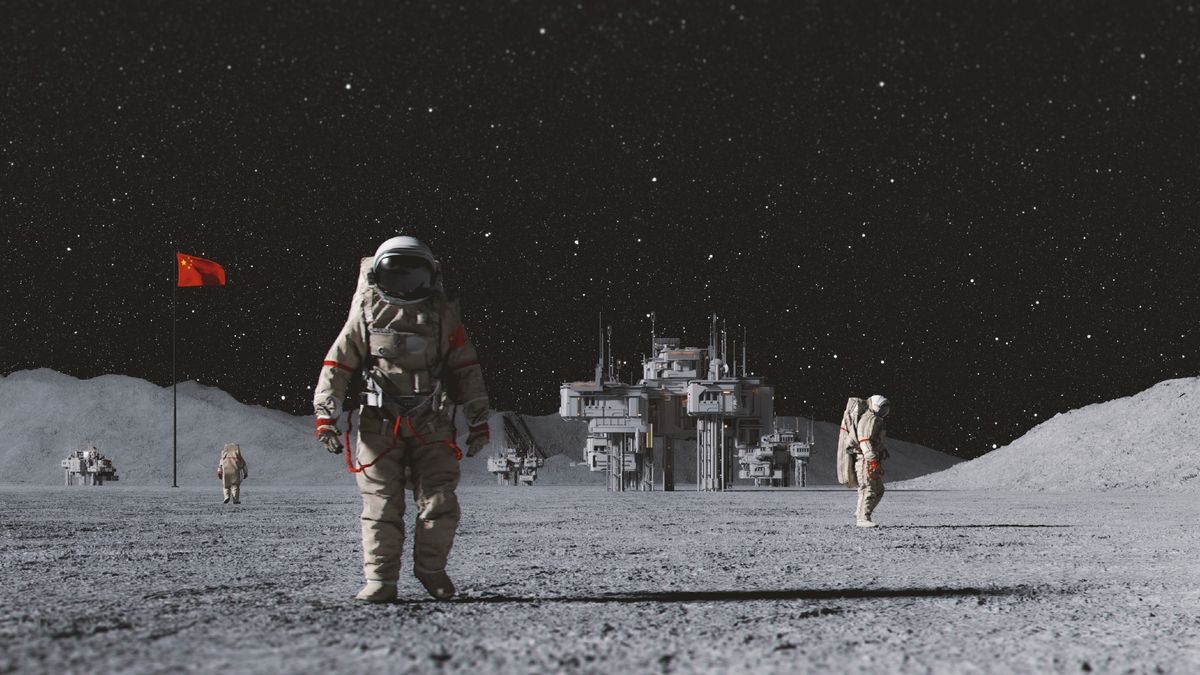
What will be different in this train from that on earth?
This train stands apart from those found on Earth due to its innovative technology known as Flexible Levitation on a Track (FLOAT). Unlike conventional trains, FLOAT utilizes magnetic levitation on a three-layer flexible film track. These unpowered magnetic robots effortlessly hover over a graphite layer, employing diamagnetic levitation to glide smoothly over rails.
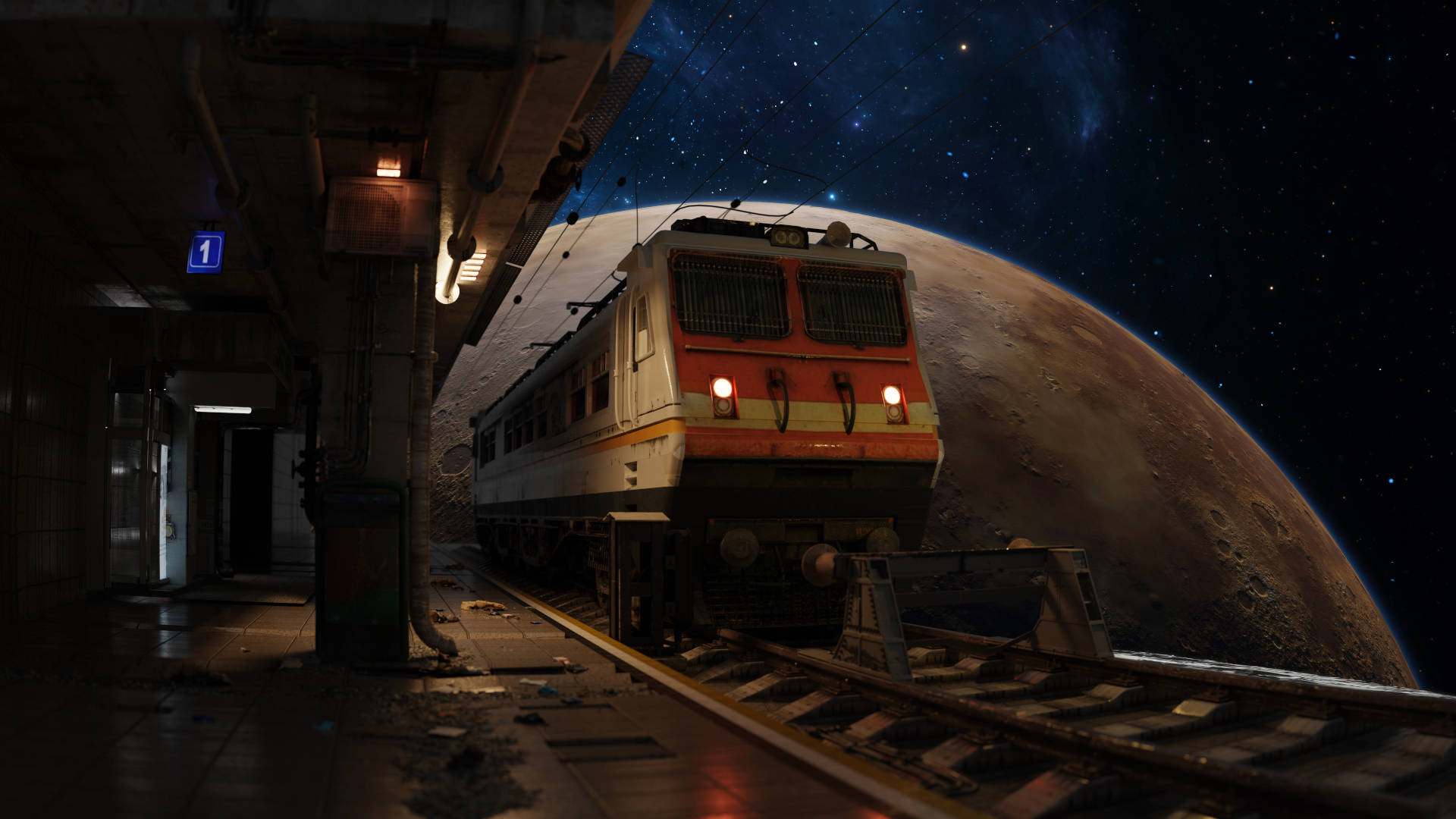
How will the railway tracks on the moon work?
In contrast to lunar exploration vehicles equipped with wheels, legs, or tracks, NASA introduces FLOAT robots devoid of any moving parts. These robots hover above the track, minimizing abrasion from lunar dust. Unlike conventional infrastructure like roads or cableways, FLOAT tracks roll out directly onto the lunar regolith, eliminating the need for extensive on-site construction. These versatile robots can transport payloads at a speed of 0.5 meters per second, with larger systems capable of moving substantial amounts of regolith over vast distances each day.
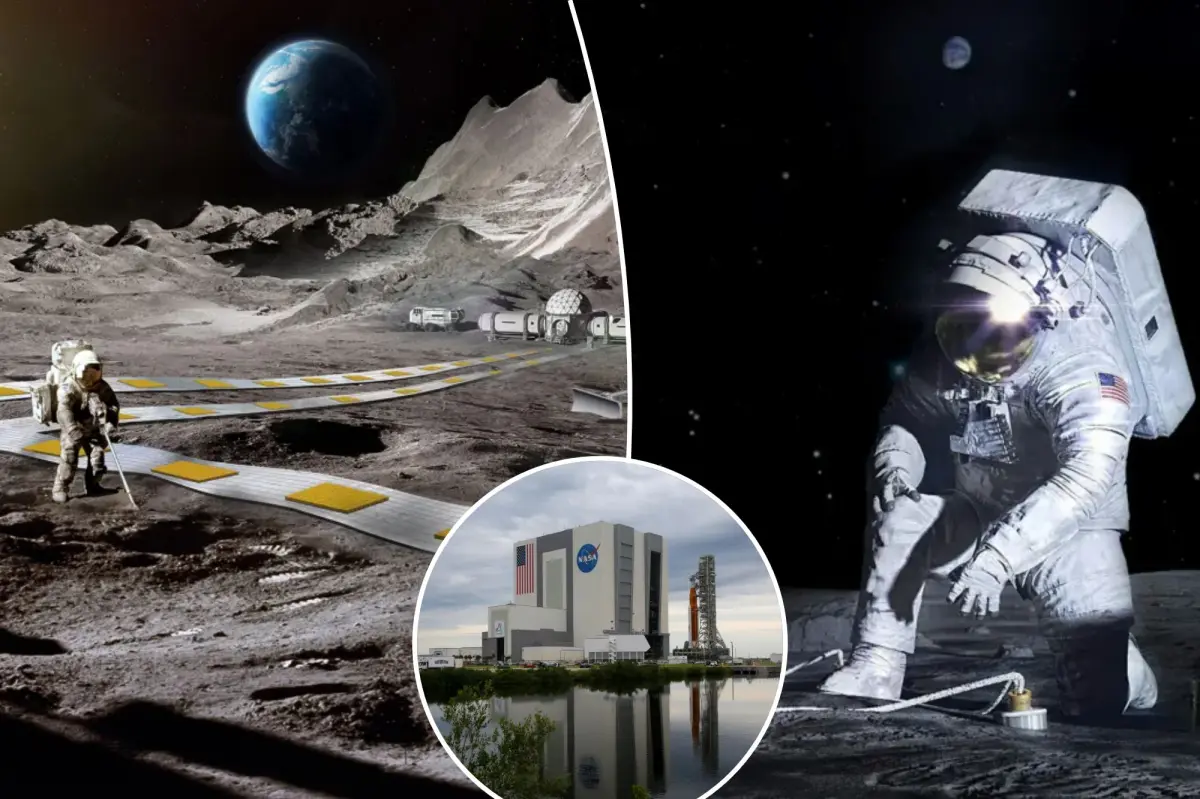
When will the project be tested?
The project's second phase involves the development, production, and testing of sub-scale robot and track prototypes. This phase will culminate in a demonstration within a lunar-analog testbed, assessing the system's performance and durability under various environmental conditions.
Although jetting off to the moon on the Lunar Express isn't on our immediate itinerary, NASA's intriguing "Moon Train" concept represents a remarkable stride in lunar exploration. It speaks volumes about our inventive spirit and relentless pursuit of pushing beyond the limits of possibility. Envisioning a future where lunar journeys are not only smoother but also quieter hints at a fascinating evolution in space travel.
With inputs from agencies
Image Source: Multiple agencies
© Copyright 2024. All Rights Reserved Powered by Vygr Media.
























